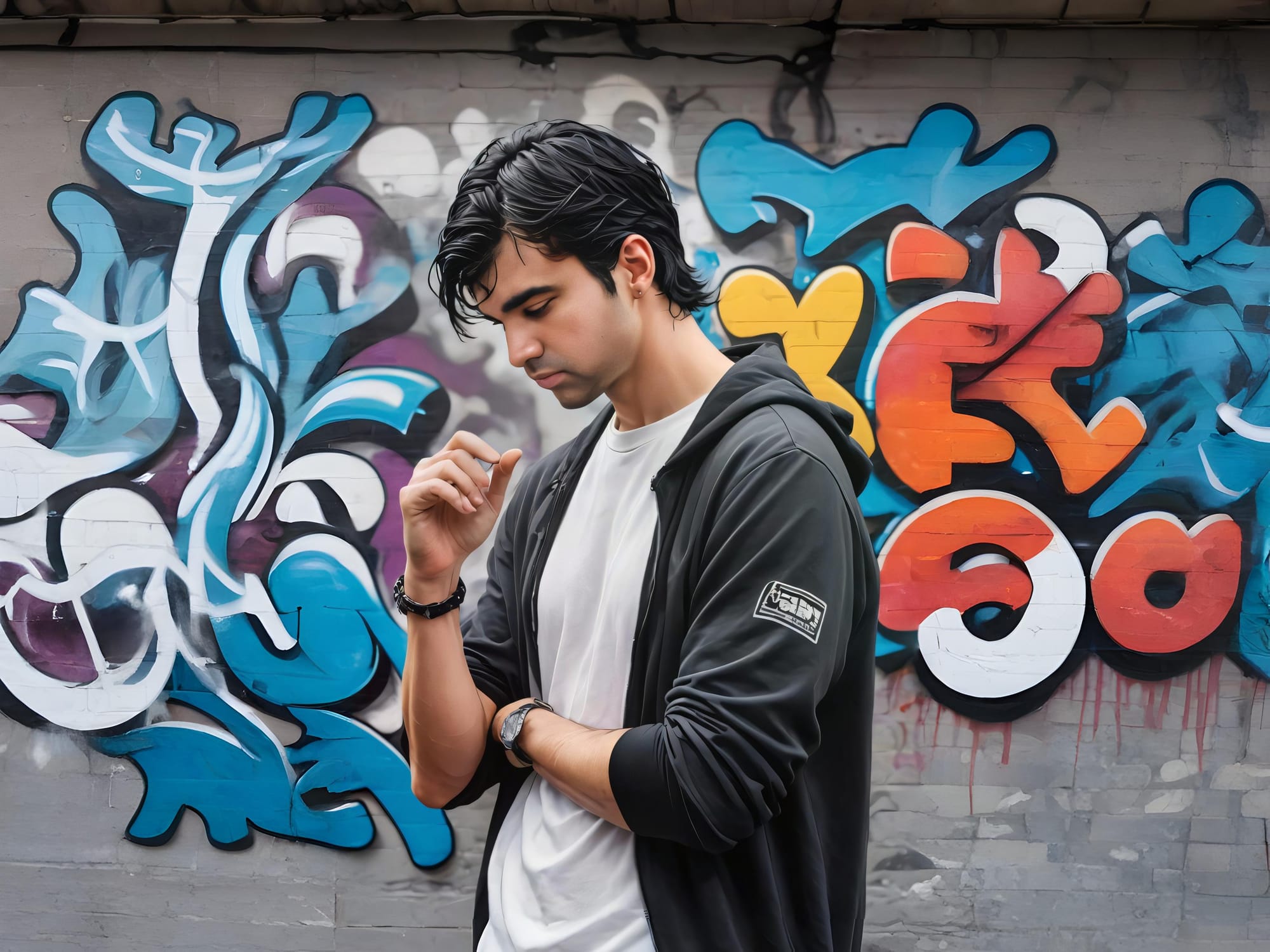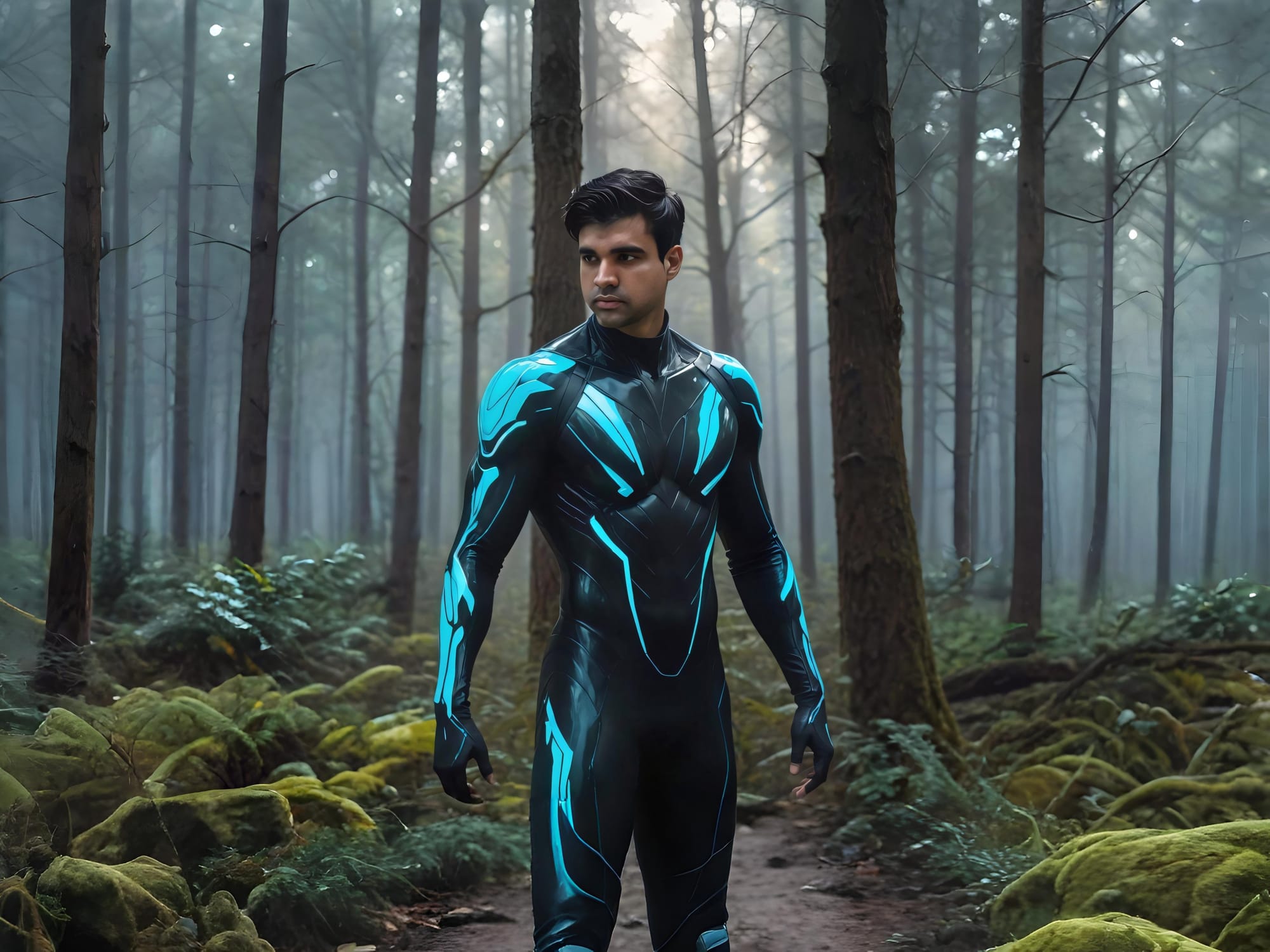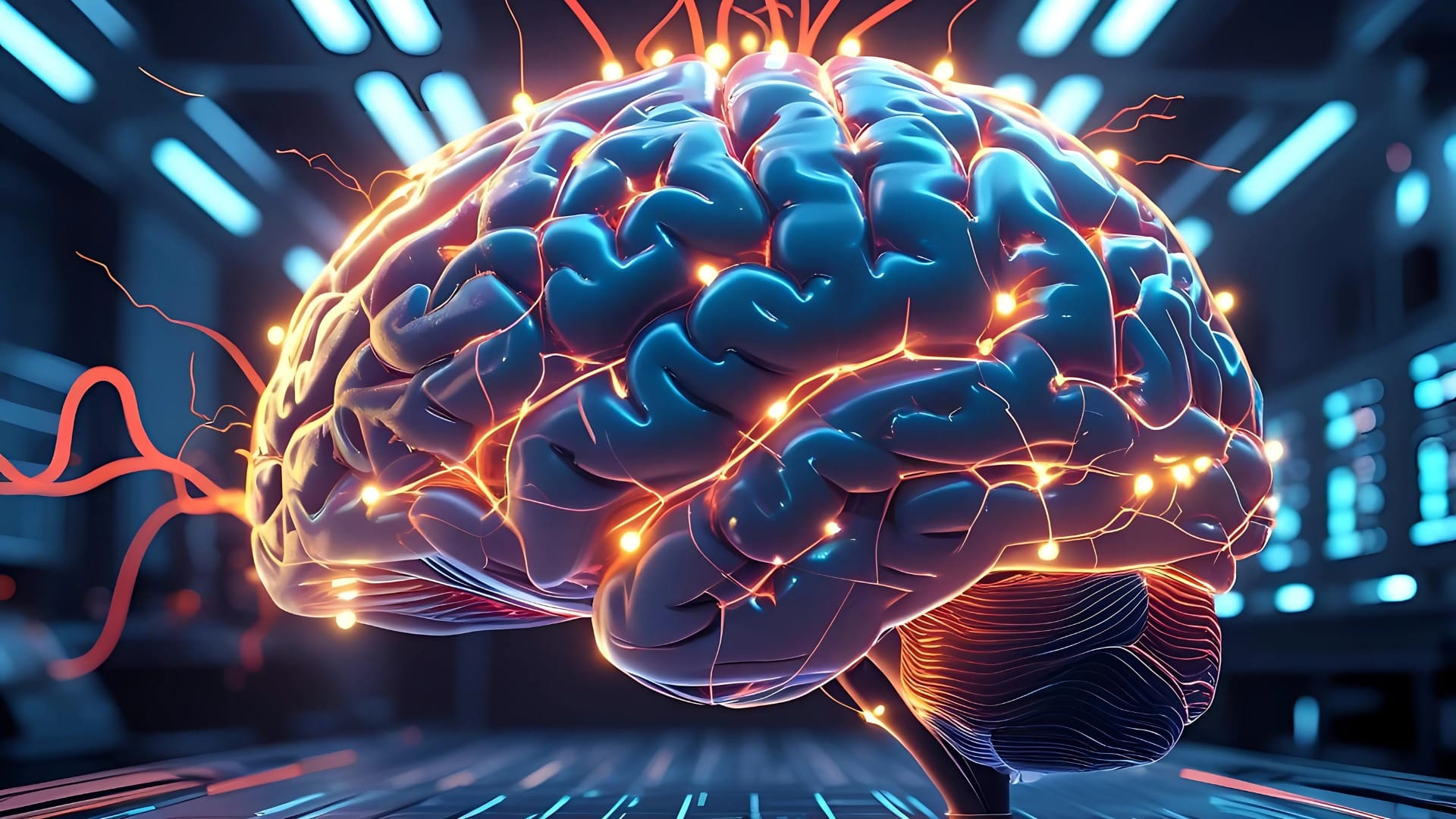The Bio-Resonance Paradox
In the not-so-distant future, the world had become a peculiar place. Bio-resonance technology has transformed human existence in ways previously unimaginable.
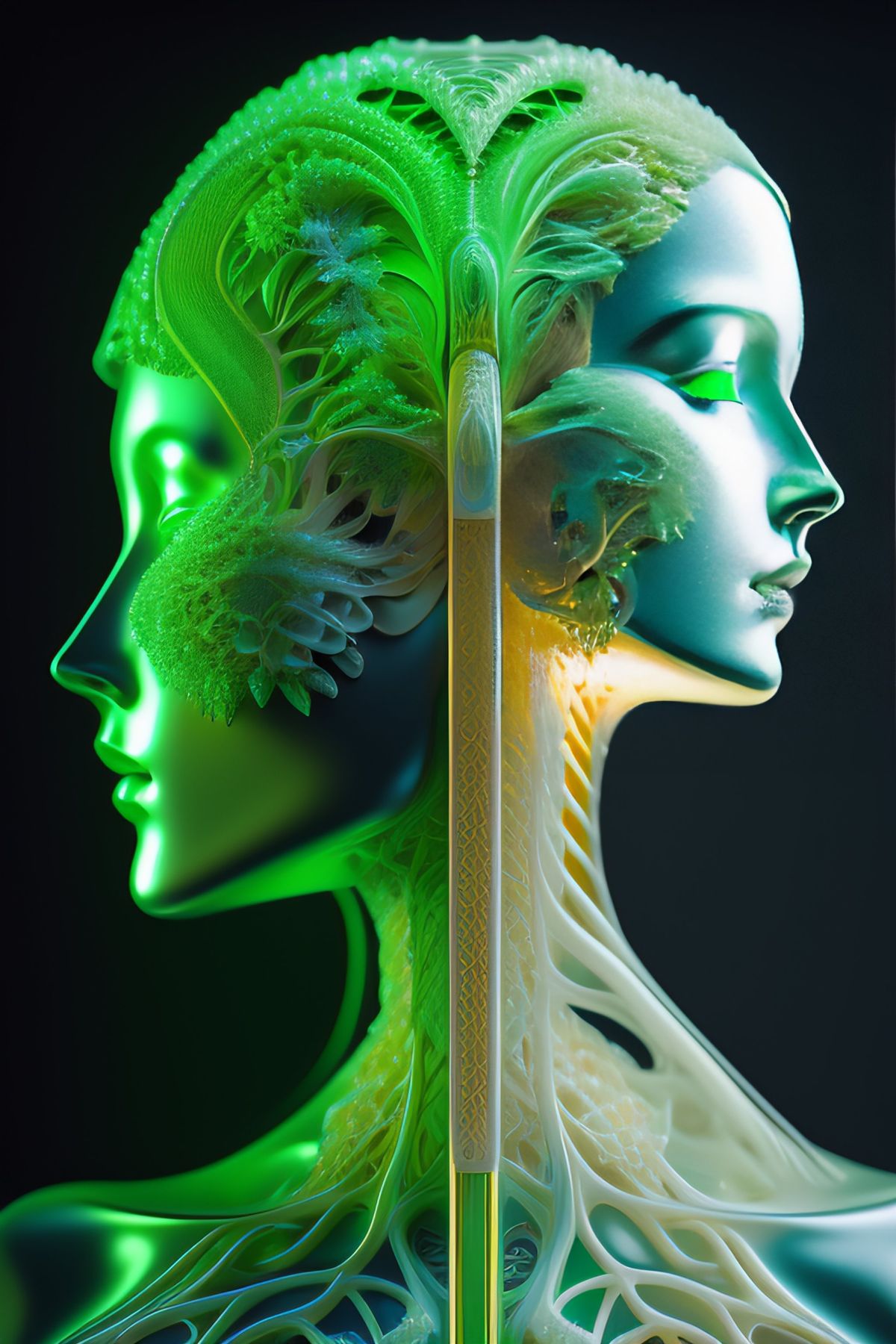
In the not-so-distant future, the world had become a peculiar place. Bio-resonance technology has transformed human existence in ways previously unimaginable. People could now interface with ecosystems, animals, and even microorganisms through the harmonious rhythm of bio-resonance. The once-dominant species had finally learned to dance in synchrony with the natural world.
Dr. Ignatius Quark, a scientist with wild white hair and a penchant for eccentricity, was at the forefront of this groundbreaking field. He developed the Bio-Resonance Interface (BRI), a device allowing humans to not only observe but actively participate in the intricate symphony of life on Earth. People revelled in the harmony of the rainforest, soared through the skies with eagles, and swam with dolphins in oceans teeming with bio-resonant majesty.
One day, as Dr. Quark conducted his usual experiments in the biodome, he noticed an anomaly. It was a faint but unmistakable signal, one that emanated from a distant star system. This alien message seemed to resonate perfectly with Earth's biosphere as if the universe itself was inviting humanity to join a cosmic dance.
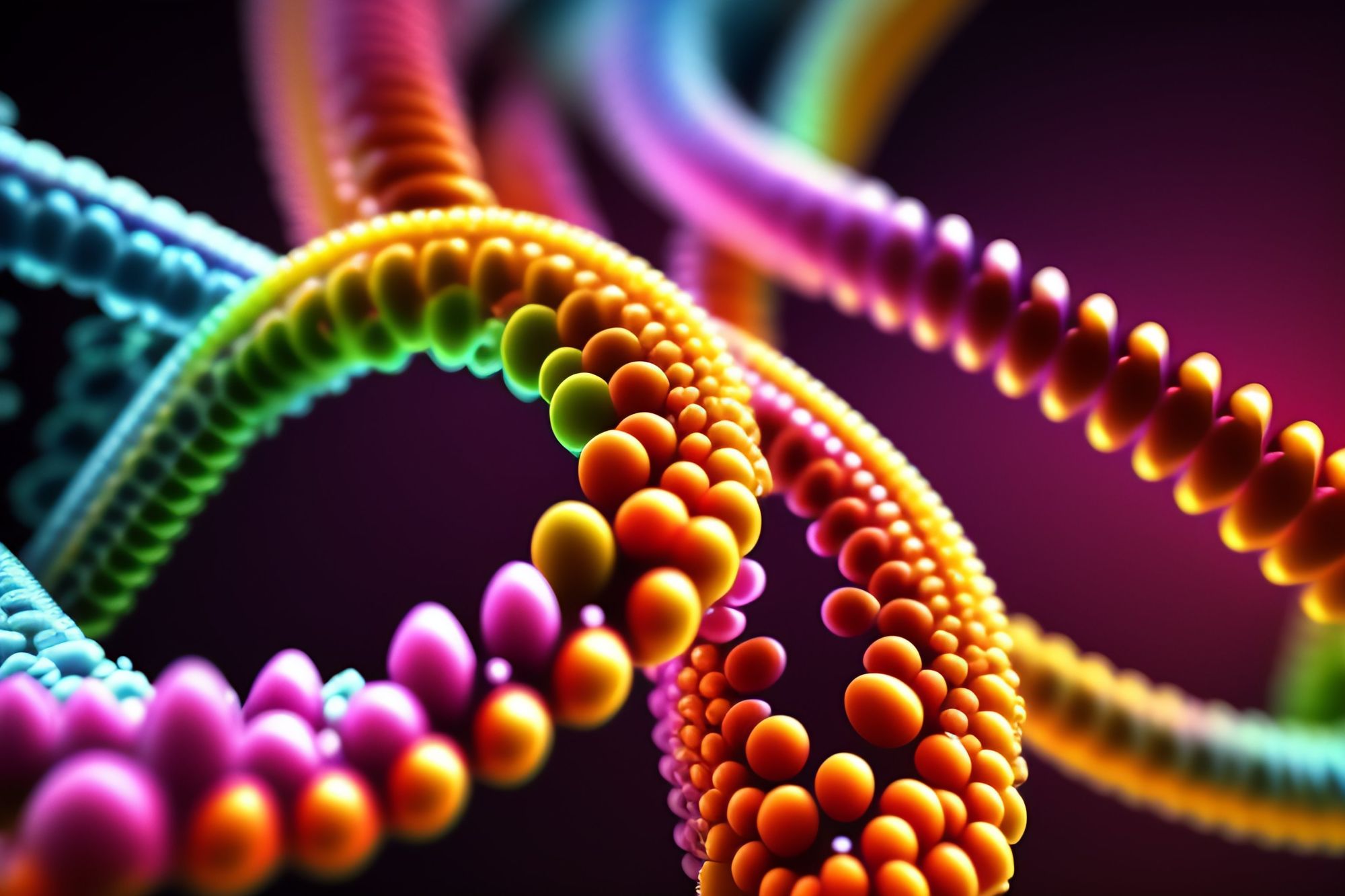
Intrigued and bewildered, Dr. Quark embarked on a journey to decode the enigmatic message. He knew he couldn't unravel this cosmic paradox alone, so he enlisted the help of fellow scientists and adventurers, each possessing their quirky idiosyncrasies.
There was Dr. Penelope Finch, a botanist with a passion for growing carnivorous plants, and her twin brother, Professor Percival Finch, an ornithologist with an uncanny ability to mimic bird calls. They provided insight into the subtle rhythms of Earth's flora and fauna.
Next came Dr. Octavius Magnus, an ethnomusicologist who saw the world as a never-ending symphony of rhythms and melodies. His keen ear was essential in deciphering the alien harmonies.
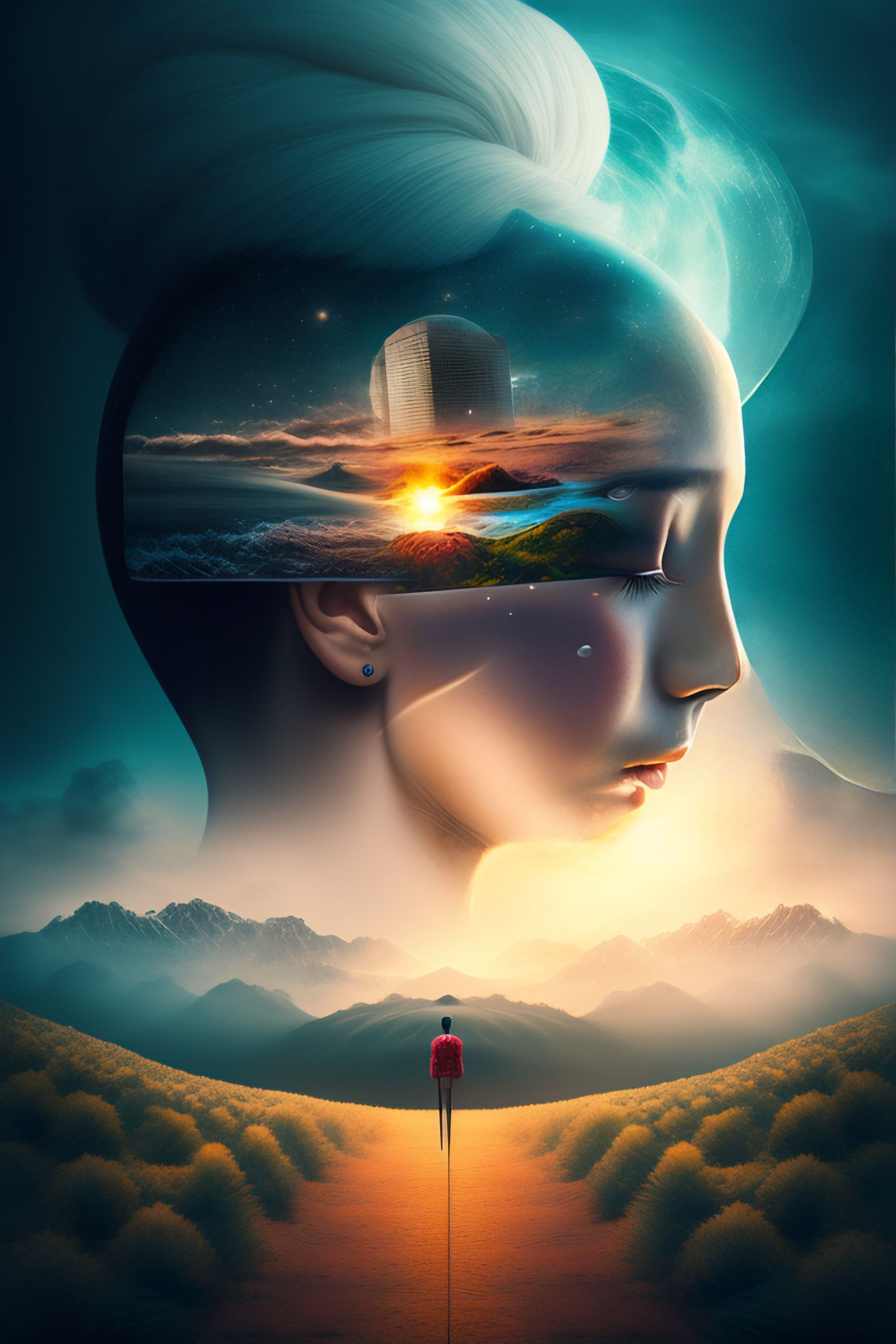
The team ventured into the heart of the Amazon rainforest, where the signal was strongest. They synchronized their BRIs with the jungle's bio-resonance, hoping to establish contact with the distant star system.
Days turned into weeks as they danced with poison dart frogs, conversed with tree-dwelling lemurs, and listened to the symphony of cicadas. It was during one of these bio-resonant reveries that Dr. Quark experienced a profound revelation.
The alien signal was not a message in words or symbols; it was a cosmic invitation to join the universal dance of life. It was an acknowledgment that Earth had finally harmonized with the cosmos, a testament to humanity's evolution as caretakers of the universe.
In a satirical twist, Dr. Quark and his team returned from their journey, not as conquerors of alien technology, but as ambassadors of Earth's newfound harmony. They spread the message of unity with the cosmos, inspiring a global movement to protect the planet and explore the mysteries of the universe through bio-resonance.
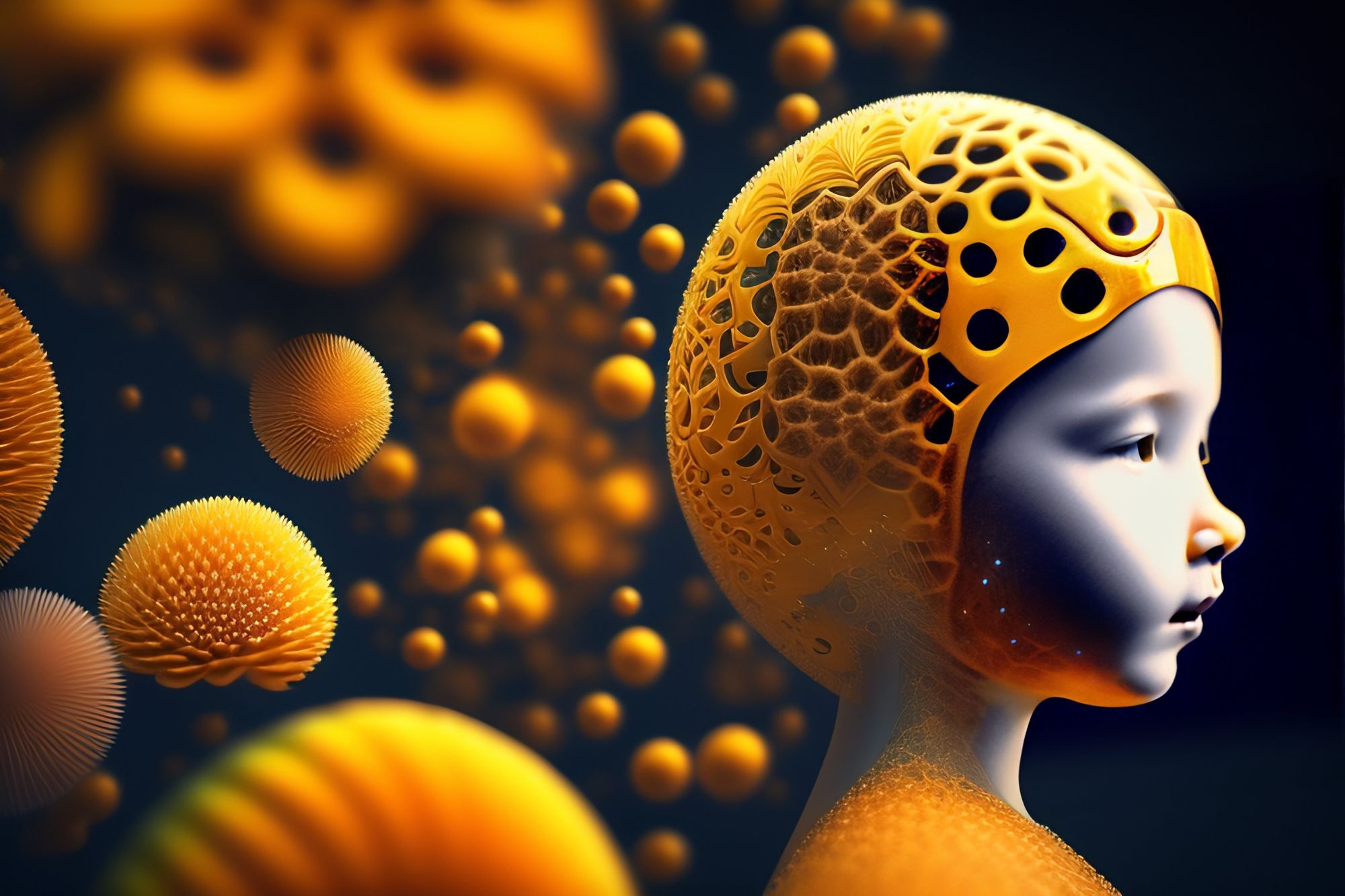
"The Bio-Resonance Paradox" became a satirical masterpiece, a story that poked fun at humanity's obsession with conquest while highlighting the absurdity of our quest for connection in the cosmos. It reminded us that sometimes, the most profound mysteries of the universe can be found within the harmony of our planet.


